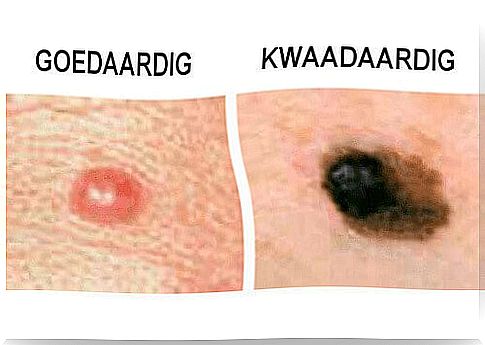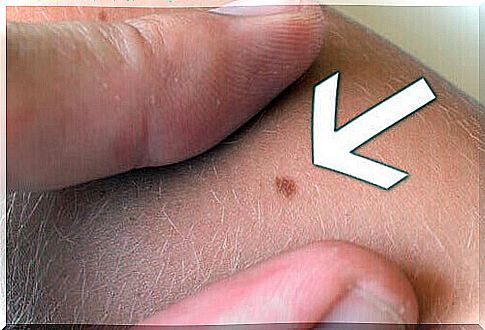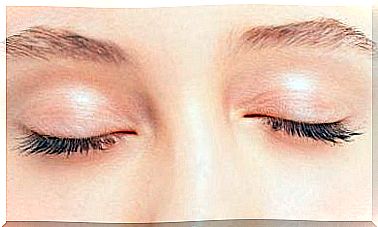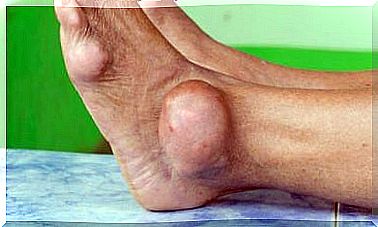What Should You Watch Out For With Moles?

Birthmarks are light to dark colored spots or raised areas of the skin, which are common during childhood and adolescence. In moles there is a concentration of cells that can form pigment, the so-called melanocytes.
They are also called birthmarks. They come in a variety of colors and shapes, from brown to black or even the color of your skin. Sometimes they feel lumpy or are smooth and raised. Would you like to know more about moles? Then read the article below with useful facts about the birthmark.
Most moles are not a health hazard. It is therefore not necessary to remove them. They occur in almost everyone, although in some people much more than in others. Here we list all the useful basic information about moles.
What should you watch out for with moles?
Birthmarks that change gradually or suddenly are suspicious and should be checked by a dermatologist.
The changes to watch out for are:
- Get bigger
- Completely or partially change color
- Stabbing
- Itching and/or pain and bleeding
We pay special attention to dysplastic nevi or atypical moles. They are flat or raised, dark brown skin growths, with or without hairs, that are larger than the normal mole. Its shape may change and its color may vary from light brown to very dark, possibly with a pink background.

There are many people who have more than a hundred atypical moles on their body. They become more common with age. They can develop anywhere on the body, but are more likely to occur in areas that usually remain covered.
The moles that arise at a later age have a slightly greater chance of degenerating into a melanoma. There may be a hereditary risk, especially in those where atypical moles also occur in family members.
People with atypical moles are advised to pay extra attention to changes in shape, color and surface. Especially if moles often run in the family. If there is a change in the mole, it is best to immediately consult a doctor for further check-ups.
It is also important to use a good sun cream with a high protection factor, because sun rays increase the risk of developing skin cancer.
What does an abnormal birthmark look like?

Birthmarks have a (very) small risk of developing into a melanoma. Melanoma is a very aggressive form of skin cancer, which can metastasize (metastasize) at an early stage.
When the melanoma is detected and removed at an early stage, the chance that the melanoma has already spread is small. The chance of survival is then excellent. That is why it is extremely important that you know how to detect whether a mole is evolving into a melanoma. Please note the following:
- A suspicious mole is not symmetrical. Uneven halves are created, which can differ in shape, color and thickness or elevation. They don’t seem to be part of the same mole anymore.
- The edges are irregular. The boundary is no longer sharp and has no clearly defined shape.
- The color of the birthmark is no longer uniform. There is varying pigmentation.
- The size of a melanoma starts from about 6mm in diameter or slightly smaller. However, its size may vary.
You might also be interested in reading: Learn to recognize skin cancer
It is recommended to immediately consult a dermatologist if moles show any of the above mentioned characteristics, as a small melanoma can degenerate into a very serious health problem.
Remember that prevention and observation are important. That when a melanoma is discovered, immediate intervention is important to prevent further development into skin cancer.









